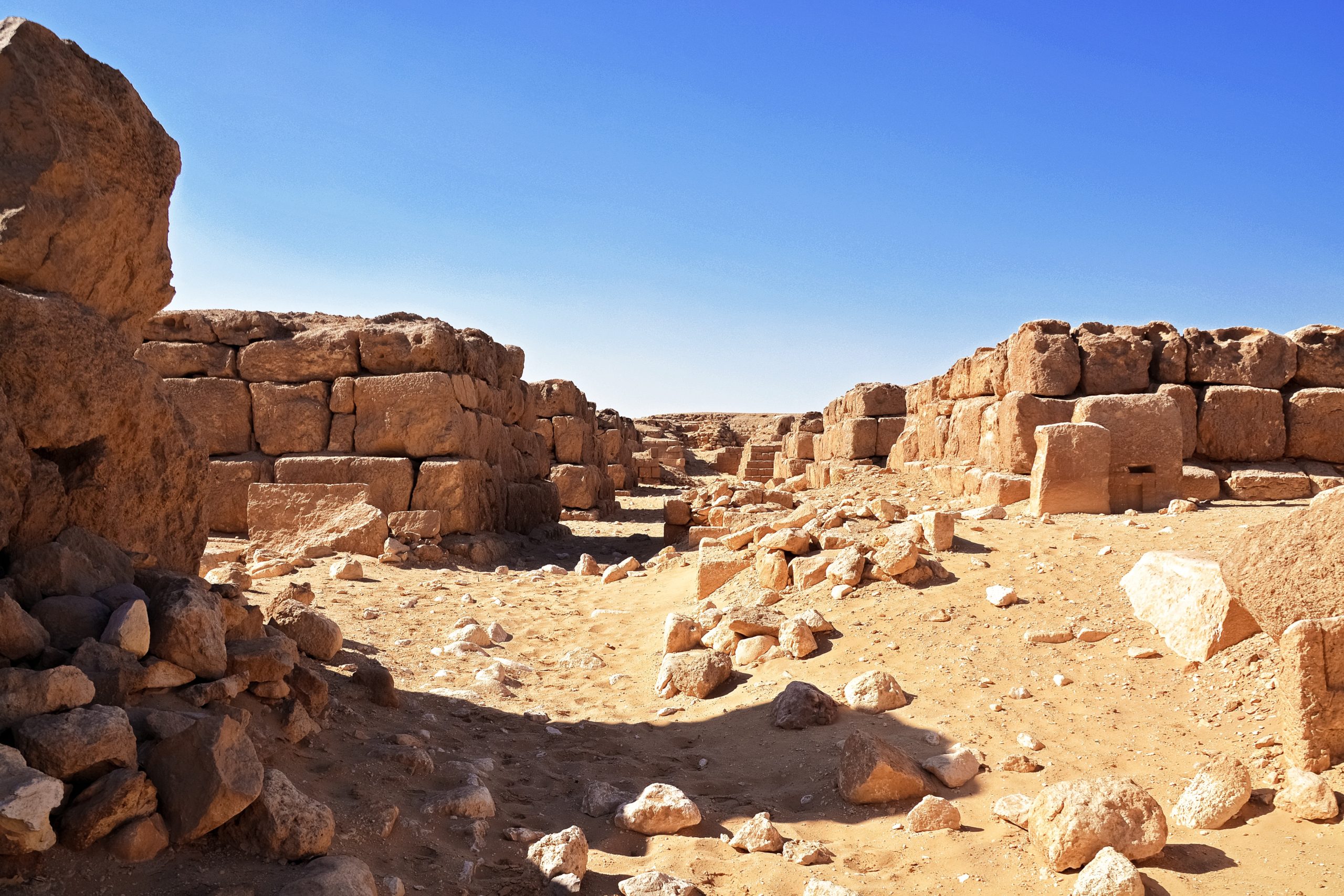As both a Hebrew Bible scholar and archaeologist, I enjoy engaging in conversations related to ancient Israel as seen in both the Hebrew Bible and the archaeological record. As I study ancient Israel and the Hebrew Bible, there are various contexts I try to keep in mind. The first of which is cultural context, which primarily uses archaeology as its main tool.
A good practice is to always begin with definitions; the reason for this is so that we all understand exactly what is meant when certain key terms are used. Archaeology can be defined as the study of human activity through the recovery and analysis of material culture. While you may be familiar with the term archaeology, you may not, however, be familiar with the term “material culture”. Material culture is “the objects produced by human beings, including buildings, structures, monuments, tools, weapons, utensils, furniture, art, and indeed any physical item created by a society.”
In other words, material culture is simply the “stuff” people made and (in ancient Israel’s case) left behind. Not only were these objects used, but meaning was ascribed to them by the people who made and used them (whether consciously or unconsciously); it is part of the archaeologist’s job to infer what those meanings could possibly be.
One of the ways that I describe archaeology is that it is history that you can see and touch. When you are out in the field excavating, you are the first person to see or touch an artifact that hasn’t been seen or touched in thousands of years. For example, when we are excavating and find a handle from, let’s say, a jar. If you run your hands over it, you can often feel where the potter pressed the unfired clay handle onto the jar. And sometimes, you can even see a fingerprint. Here you are holding the handle of a jar that was made thousands of years ago, and you can see and feel the imprint of the potter who made it. Boom, mind blown.
There are many different types of archaeologies out there. Some are more science-based, like zooarchaeology (animal bones), archaeobotany (plant remains), and radiocarbon dating. The people who do this type of work are über smart; however, I am not one of those super smart, archaeo-science folks (although I wish I was). Rather, I am a bit more simple in that I am fascinated with the stories behind the artifacts.
Of course, the artifacts themselves don’t “tell” a story the way a text can, but we can learn a lot by asking all sorts of questions like: Who potentially made this object? How did they make it? What are the possible reasons why they made it? Did they use it or did someone else? In what ways could this object be used? In other words, I am interested in how the material culture are clues to the cultural context of ancient Israel and the Hebrew Bible.
We know the basic idea of culture, but a little elaboration on what it is could be helpful here. Culture is a network of socially transmitted behaviors, beliefs, and ideas that separate humans into distinct groups.
So what then, is cultural context? Cultural context is basically us trying to understand the culture of a group in their environment. Environment could include, say, a house that we are excavating; but environment could also be a text.
Understanding the cultural context of a text can help the reader better understand what is happening and why.
Let me ask you a few questions. Have you ever been reading the Hebrew Bible and didn’t understand why something was happening? Or why certain things were permitted and others weren’t? Or what in the world did a particular tool look like? Or what a meal consisted of? These questions, and many others like them, are normal frustrations when you are reading a text (an ancient one, at that) whose culture is so different from your own and when said culture isn’t explained or expanded upon in the text.
The biblical authors assumed their audiences would have known these things so they didn’t bother explaining them.
This is where archaeology comes in. It (literally!) uncovers the culture of ancient Israel. We can then use this knowledge to help fill in some of the gaps of our understanding of the cultural context of the Hebrew Bible.
If I may make a suggestion? The next time you get frustrated with a passage you are reading from the Hebrew Bible, instead of giving up, try doing a little (metaphorical) digging into the cultural context of the text. I promise you that having a little understanding of ancient Israelite culture will help you understand the biblical text better.

